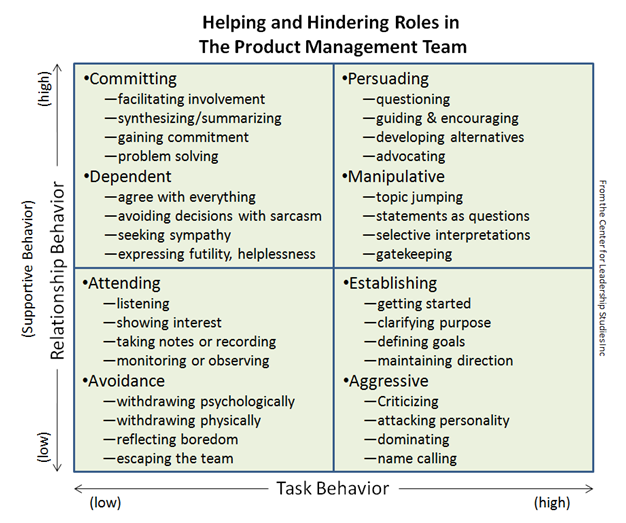Val Workman
The opinions expressed by the bloggers below and those providing comments are theirs alone, and do not necessarily reflect the opinions of Ryma Technology Solutions. As they say, you can't innovate without breaking a few eggs...
- Font size: Larger Smaller
- Hits: 36632
- 3 Comments
- Subscribe to this entry
- Bookmark
Who's the Boss: Managing expectations
Let's say you've done your homework and in one way or another you’ve identified a market opportunity. You define a product feature that you believe the market is going to run with. In fact, you're sure your product will be seen as something disruptive in the market with this new feature.
What do you do? Do you keep your cards close to your chest and play them out? Do you tell your investors that things are about to change? How do you control the expectations of product investors? I mean anyone who has a stake in the success of your product, starting with your direct report.
Pattie Vargas, in her book 'Extreme Project Manager Makeover' addresses this a little, and in her PMV webinar we allude to this approach, but never develop the thought. So here for the first time: Bossing the Boss with Situational Leadership.
The objective is straight-forward enough. Problems arise between your product investors and yourself, or team, when their performance readiness isn't aligned with where you're at in the product management process. The role of being a product investor doesn't necessarily hinder the product management process, even though as product managers we sometimes wish they'd just get out of the way.
When these types of roles are researched, however, it's found that the same roles are helping in some situations and hindering in others. So it's not that any combination of behavior by itself is a helping or hindering role, but it's the particular role at a particular spot in the process that makes the determination.
As product managers, we need to use this information to lead our leaders into the right expectations at the right time. To do this, we need to become familiar with the notion of 'performance readiness'. There are two major components of performance readiness; ability and willingness. Conflict arises when the situation we place product investors in isn't aligned with their performance readiness.
Let's look at a situation diagram. In this diagram, a product investor's situation typically moves from the lower-right quadrant (requiring high amounts of activities from the investors and low amounts of new feature experience), up to the upper-right (requiring high levels of both activity and feature experience), over to the upper-left (where there's less for the investors to do to maintain high experience levels with the feature), and then down to the lower-left (where your new feature is old news to them, and little is to be done).
Now, how do you get your investors into the correct box at the correct time, and how do you get everyone on the team to use leadership styles that don't hinder the process? In truth you can't control people, but you can help create the environment and set expectations. It's from the setting and managing of expectations that your success will come.

Once the new feature is defined, you're not ready to have a roadmapping meeting. If you do it that way, you’re bound to have some problems. In the roadmapping meeting, the situation is in the upper-right quadrant, with team members gaining commitment and solving issues. If this is the first time they've seen the feature, where do you think their performance readiness is? That's right, there performance readiness can only be low – down there where they're unable and insecure about taking action.
The moral of the story, once you have a feature defined, I don't care how excited you are about it, don't go straight to the product roadmap. There needs to be some time set in your processes for investors to grow through these stages. Introductory messages and access to additional information need to be part of your communication plan. Town hall meetings help provide a Q&A session to help folks through the upper-right quadrant.
Now, after some time, and execution of various communication activities, you're ready, but more importantly, your team and investors are ready. At this point, the purpose of the roadmapping meeting is to help transition the investors out of the upper-left and down into the lower-left where they'll be willing and able to get out of your way.










Our fingers will lose their grip. If you are contemplating a tote, opt for leather totes which are structured in shape to retain a professional image.